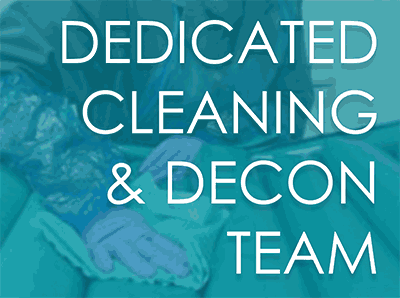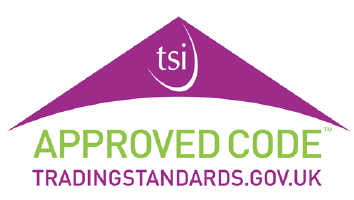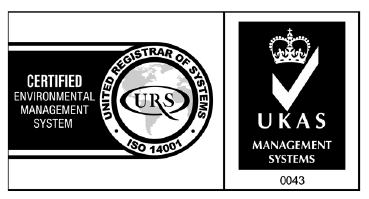Urinary incontinence is a common problem affecting millions of people worldwide (1).
Between 30 – 50% of nursing home residents are incontinent (2).
Information on faecal incontinence is less extensive but estimates suggest 17% of the very elderly have symptoms (3).
Whilst there may be some disagreement as to whether incontinence actually increases the risk of pressure ulcers or whether incontinence is an indicator for other risk factors (4), it is clear that the problems of pressure ulcers and incontinence often go hand-in-hand. Effective management of incontinence and pressure care is therefore vitally important to maintain healthy tissue. There are several steps you can take to help maintain healthy skin:
- Examine the skin regularly – check under incontinence products for signs or redness or irritation.
- Prompt – for those suffering with memory problems a prompt to go to the toilet at regular intervals can help.
- Gentle cleansing – gently clean the skin as soon as possible after an incontinent episode using a slightly acidic product, not soap (3).
- Moisturise – these help to supplement the skins natural moisture barrier, increase its water content and reduce water loss. Moisturisers with a high lipid content are best (3).
- Protect the skin – Use a skin protectant to reduce the risk of water and irritants penetrating the skin (3).
For further reading the NHS Stop the Pressure Campaign has some very useful information.
Bibliography
1 NHS Choices (2016), Urinary Incontinence [Online]. Available at http://www.nhs.uk/conditions/Incontinence-urinary/Pages/Introduction.aspx (Accessed 1 Nov 2016)
2 NHS Midlands and East (n.d), How to: Manage Incontinence/Moisture http://nhs.stopthepressure.co.uk/How-To-Guides/howtogreatskinincontinencefinal.pdf (Accessed 1 Nov 2016)
³ Wounds UK (2012), Best Practice in Continence Skincare [Online]. Available at http://www.wounds-uk.com/pdf/content_10703.pdf (Accessed 1 Nov 2016)
⁴ PubMEd.gov (2005), Urinary incontinence as a risk factor for pressure sores does not withstand a critical examination [Online]. Available at https://www.ncbi.nlm.nih.gov/pubmed/16281894 (Accessed 1 Nov 2016)
About the author – Ray Booth
Ray Booth is Research & Innovation Director at Select Medical. He has been involved in the pressure care equipment industry for over 20 years. In that time he has created a wide range of well-designed alternating air pressure mattress systems for use in hospital, hospice and community healthcare sectors.








